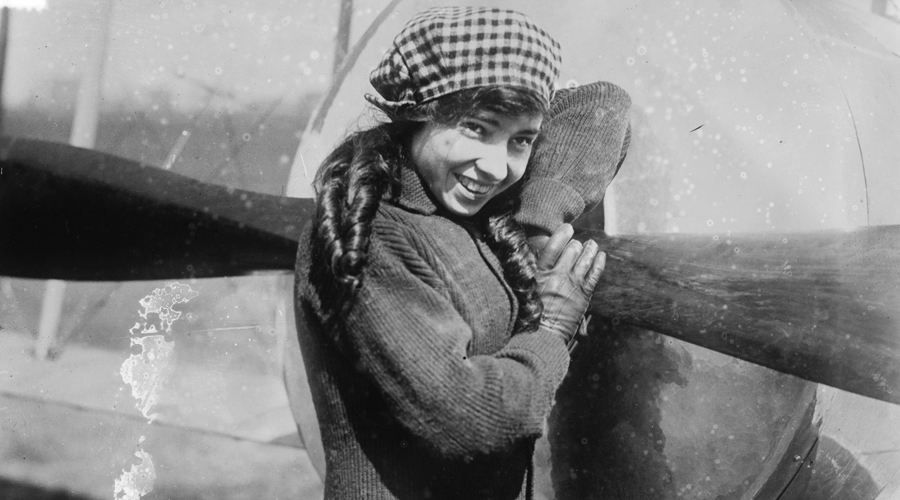Women have played a pivotal role in the American postal system since the early days of the republic. In observance of Women’s History Month, here are five categories of female firsts:
1. Postmaster. Mary Katherine Goddard served as Baltimore’s Postmaster from 1775-1789. She was the only female Postmaster when Benjamin Franklin was named the first American Postmaster General in 1775, making her the first known female Postmaster in the United Colonies, predecessor of the United States. Goddard was an esteemed printer as well, perhaps best known for the second printing of the Declaration of Independence (the one with the signatures — the first only contained two). When the newly appointed Postmaster General replaced her in 1789, Goddard petitioned to regain her position, and more than 200 prominent Baltimore businessmen endorsed her. The Postmaster General refused, however, claiming the right to exercise his own judgment.
2. “Star” route carriers. Star routes were those bid on by private contractors to transport mail between Post Offices. In the Victorian era, when the cult of femininity was in full flower, female star route carriers were seen as swashbuckling mavericks. Polly Martin was the first woman known to carry mail on a star route. She carried mail, packages, telegraphs and passengers between Attleboro and South Attleboro, MA, from about 1860 to 1876. The subtitle of an interview with Martin published by the Boston Daily Globe says it all: “Brave Polly Martin … How She Horsewhipped Highway Robbers and Silenced Saucy Passengers.”
3. Pilot. Katherine Stinson, aka “the Flying Schoolgirl,” was the first woman to fly U.S. Mail. Her first flight carrying mail was in 1913, dropping mailbags over the Montana State Fair. In 1918, she became the first woman to fly both a regular and experimental airmail route. She answered the call — twice — for volunteer pilots to serve in World War I but was rejected both times. A frustrated Stinson went to Europe on her own to drive an ambulance for the Red Cross. She contracted tuberculosis while overseas and on her return to the United States moved to the desert Southwest for her health. There, architecture replaced aviation as her vocation.
4. Inspector. In 1971, Janene Gordon was one of the first two women admitted to the Postal Inspection Service. In 2004, she was the first woman to retire with a federal law enforcement pension. In between those years were a number of other firsts, as chronicled in a short documentary the Inspection Service made about her called “A Career of Firsts.” Gordon worked bomb investigations, internal crime, fraud, consumer protection and undercover narcotics. She also became a certified polygraph examiner, a field she continued in after retirement.
5. Stamp. The first woman to appear on a U.S. stamp never stepped foot on U.S. soil. Queen Isabella I of Spain was featured in a series of 16 stamps released for the 1893 Columbian Exposition in Chicago. The series commemorated the 400th anniversary of Columbus’s arrival in the New World and were the first U.S. commemoratives ever issued. Of the 16, Isabella is pictured on seven. Most of these are small tableaux of Columbus pleading with the king and queen for funding or forgiveness, but one displays Isabella’s portrait prominently alongside that of the explorer. The face value of the portrait stamp was $4, the equivalent of more than $100 today. (Yes, there was criticism of such extravagance at the time). Today, the original stamp in mint condition has been valued as high as $4,000 on the collector’s market.
